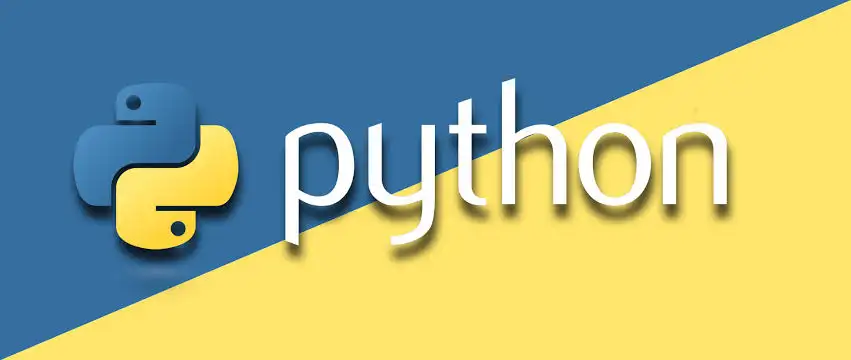Version control is essential for managing and tracking changes in your code. Git is a powerful version control system, and GitHub is a popular platform for hosting Git repositories. In this guide, you’ll learn how to use Git and GitHub for version control, even if you’re a beginner.
Step 1: Install Git
For Windows:
- Download Git from https://git-scm.com/.
- Run the installer and follow the prompts. Make sure to select Git Bash for the command line interface.
For macOS:
- Open Terminal and type:
git --version - If Git isn’t installed, macOS will prompt you to install the Xcode Command Line Tools.
For Linux:
- Use your package manager to install Git. For example, on Ubuntu:
sudo apt update
sudo apt install git
To verify the installation, type:
git --versionStep 2: Configure Git
Before using Git, configure your username and email address:
git config --global user.name "Your Name"
git config --global user.email "your.email@example.com"This information will be used to identify you in Git commits.
Step 3: Create a Repository
A Git repository is where your project’s files and their change history are stored.
- Open a terminal and navigate to your project folder:
cd /path/to/your/project - Initialize a Git repository:
git init - Add your project files to the staging area:
git add . - Commit the changes:
git commit -m "Initial commit"
Step 4: Push Your Code to GitHub
- Go to GitHub and create a free account if you don’t have one.
- Create a new repository:
- Click the + icon in the top-right corner and select New repository.
- Give your repository a name and click Create repository.
- Link your local Git repository to GitHub:
git remote add origin https://github.com/yourusername/your-repository.git - Push your code to GitHub:
git branch -M main
git push -u origin main
Step 5: Collaborate with GitHub
GitHub makes it easy to collaborate with others:
- Fork and Clone: You can fork repositories and clone them to your local machine.
git clone https://github.com/username/repository.git - Pull Requests: After making changes, you can submit a pull request to propose merging your changes.
Step 6: Track Changes with Git
Use Git commands to track changes in your project:
- View Status:
git status - View Commit History:
git log - Create a New Branch:
git checkout -b new-feature - Merge Branches:
git merge new-feature
Step 7: Pull and Push Changes
When collaborating, always pull the latest changes before starting your work:
git pull origin mainAfter making changes, stage, commit, and push them back to GitHub:
git add .
git commit -m "Your commit message"
git push origin mainConclusion
Congratulations! You’ve learned the basics of Git and GitHub for version control. By mastering these tools, you’ll streamline your workflow, collaborate effectively, and keep your projects organized.

